
But, more than that, we're going to give you the chance to see if you can play as well as them.
Step on board!

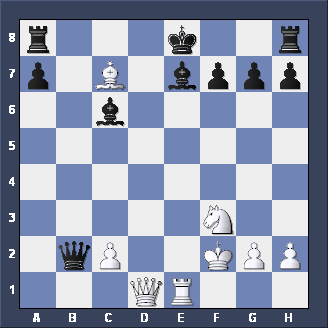
|
In this position Philidor, playing White, gave his opponent a Rook start. He must act fast before Black gets his King into safety. What move should be play?
 




|
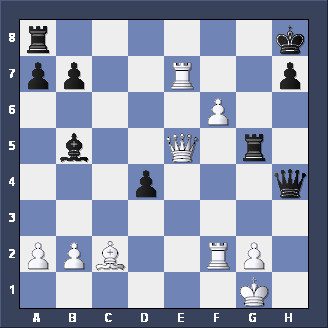
|
In this position Bourdonnais' Queen is under attack. What should he do about it?
 




|

|
Tell me, how did Staunton, playing Black, score a quick win in this position?
 




|

|
An easy question for you that time. After the forced Rf1xg1, Nh3-f2 is a neat CHECKMATE. I hope you found it! 
|
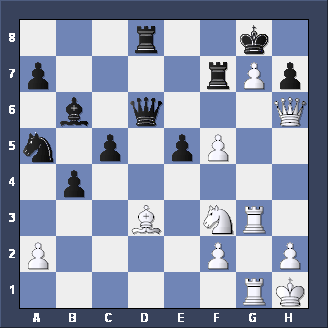
|
It's White to play - this is the hardest question you've had so far this lesson, so see how far you can look ahead!
 




|

|
Well, the first move is a QUEEN SACRIFICE - Qh6xh7+ and Black has to take. Now what?
 




|
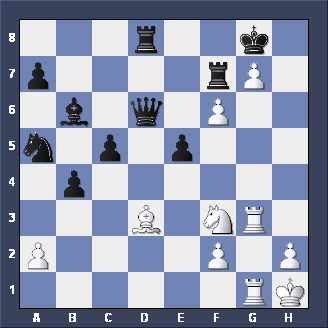
|
White's second move is f5-f6+ a DISCOVERED CHECK and also a BISHOP SACRIFICE. Now if Qd6xd3 White plays Rg3-h3+ followed by Rh3-h8#. So Black played Kh7-g8 instead. It's your move again.
 




|
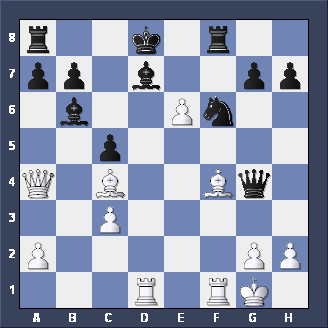
|
 




|

|
The first move, Rd1xd7+ is not too hard. Clearly, if Nf6xd7 then Qa4xd7 is CHECKMATE. So Black tried Kd8-c8 instead. It's your move again.
 




|
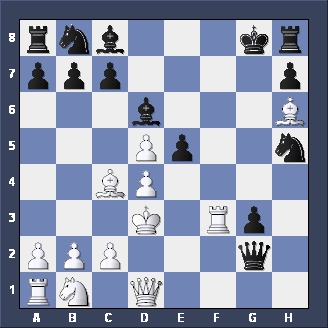
|
How did Steinitz, White, finish off his opponent from this position?
 




|

|
The first move is a ROOK SACRIFICE - Rf3-f8+. Black takes back with the Bishop, and it's your turn again.
 




|
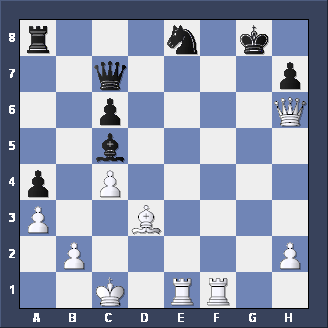
|
 




|
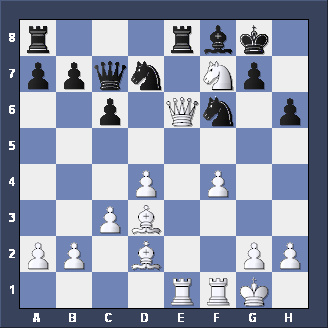
|
 




|

|
 




|
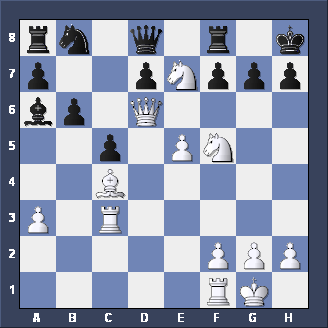
|
 




|
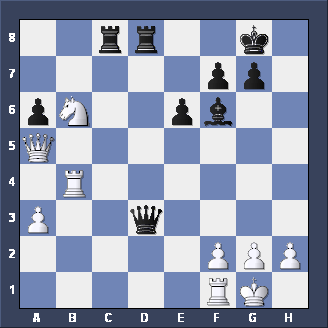
|
 




|
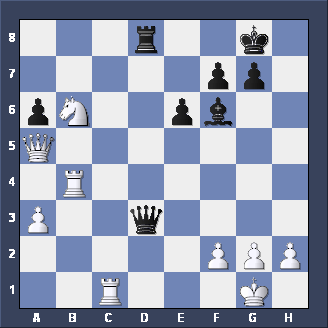
|
 




|

|
|